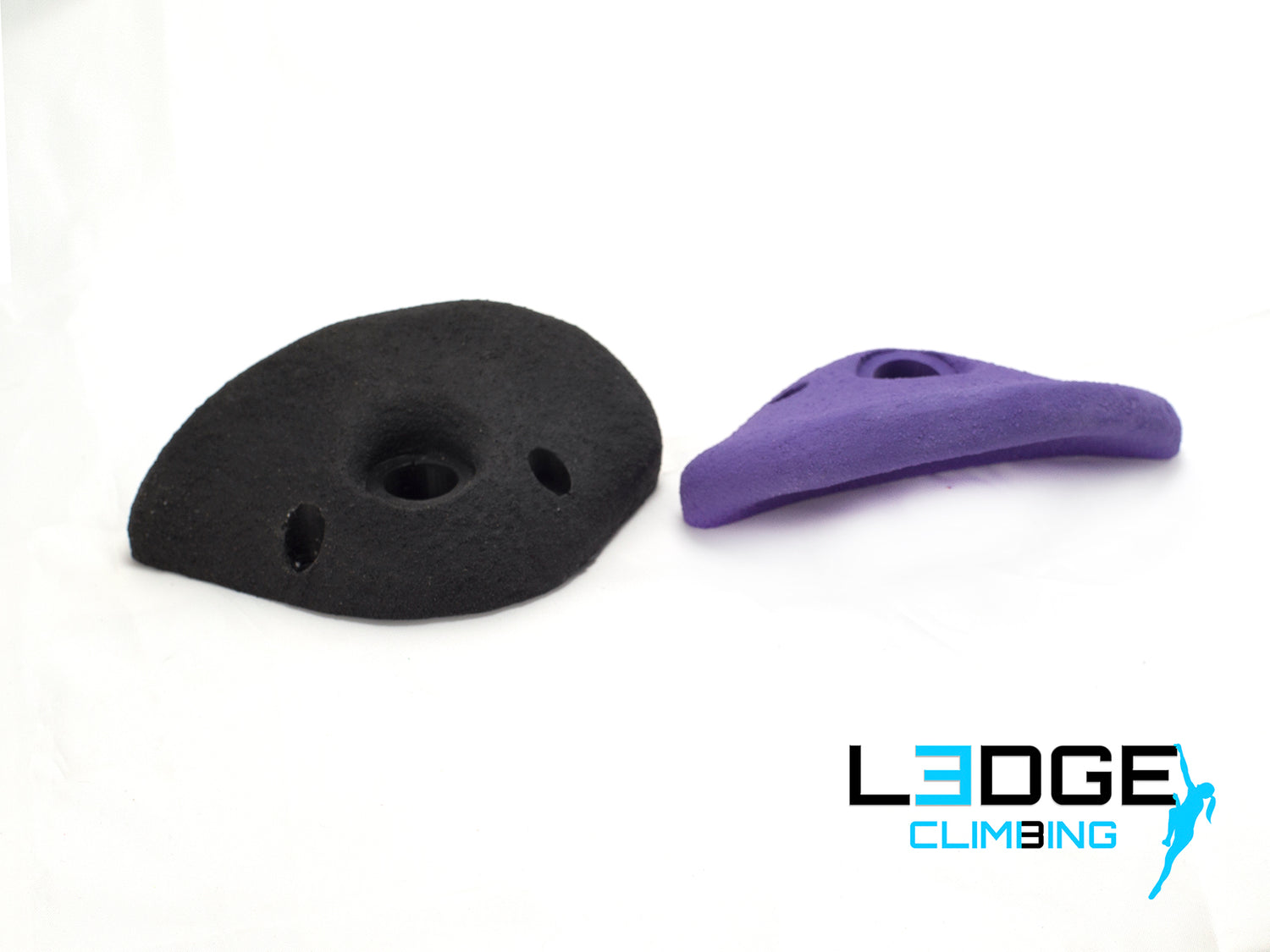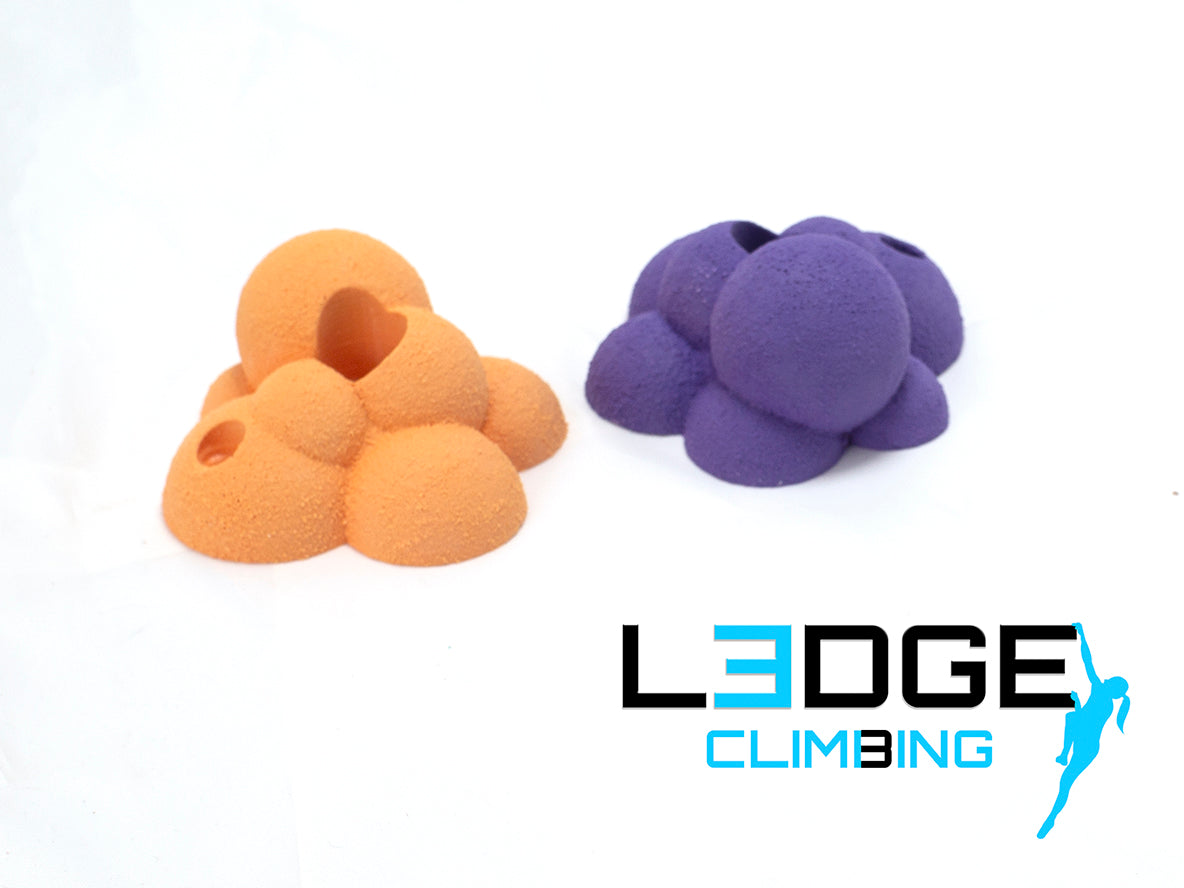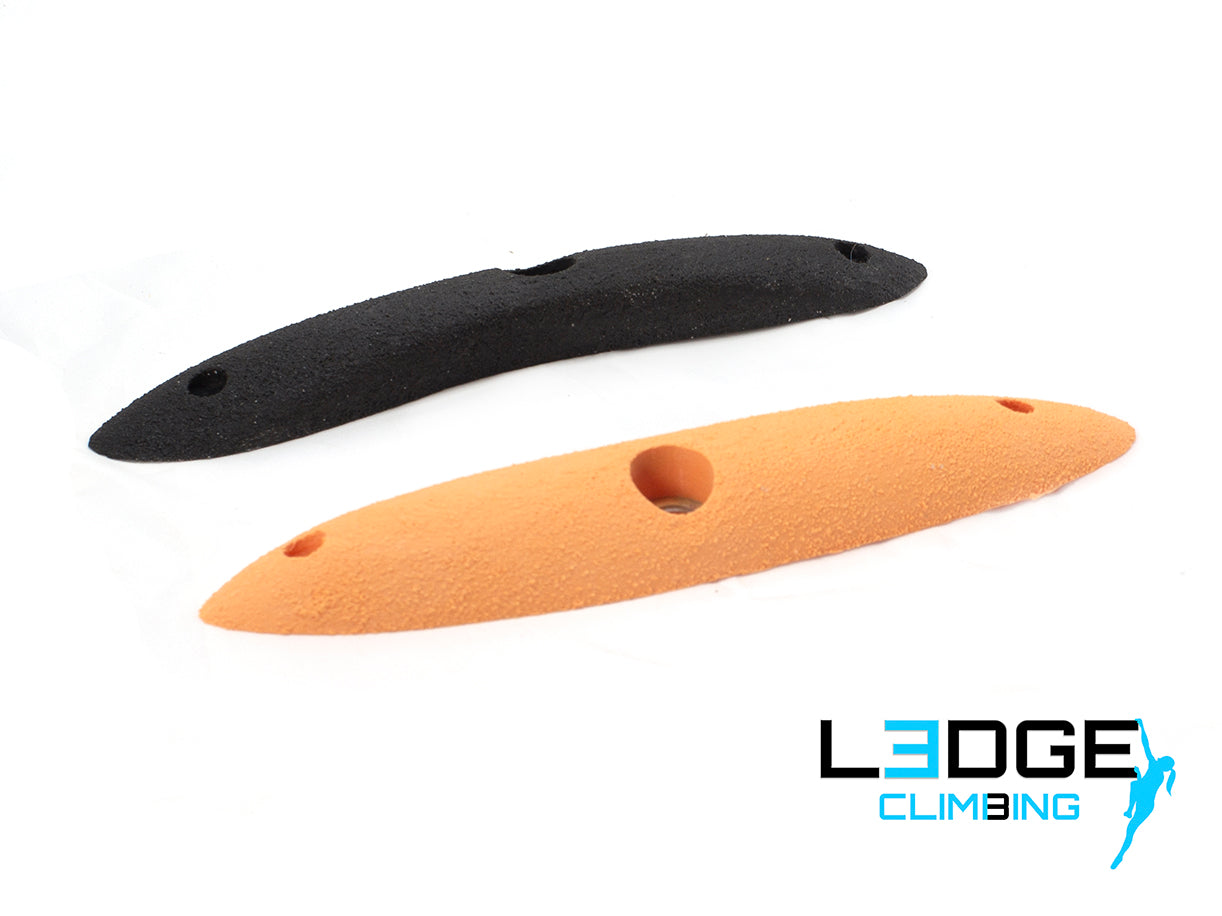Build Your Own Wall... worthy of Mordor
The following is simply a link to an article about REI about building your own wall. that link is HERE
This is for building an outdoor wall so take it with a grain of salt.
However we wanted to add in our own 2 cents to save you some headaches:
1. Decide on bolts, screws or both. Deciding to not use T-nuts for bolt on holds is usually a decision made either because of time (labor) or money concerns. However, that's not always the case. Many people who do a screw on wall do so because they plan on completely covering the wall, giving themselves near endless possibilities of climbs and thus, rarely, if ever needing tor reset the wall. Bolts are great for bigger holds, or if you have less holds and want to change things up frequently. There's also no rule saying you can't do both! Personally, we have bolts on the top half of our wall and use screw on for the lower half, but we also screw on on the upper half to fill in gaps.
2. Strapping! If you're building a wall attached to another wall (versus free standing like the article), make sure you add strapping to the wall first. Otherwise you're going to be trying to screw bolts in and they won't go in all the way! 1 inch should do it just fine. Also make sure you plan your strapping so none of your T-nut holes end up over the strapping and therefore useless.
3. Don't cheap out on T-nuts! We cannot recommend enough that you buy screw in T-nuts versus hammer in T-nuts. Not only are the safer, but they'll never pop out the back of your wall, leaving you with a potentially useless hole in your wall if you can't easily access the back of it. They are also typically a little longer than the pound in variety which means it's easier to get those bolts in. The price difference is fairly low, considering how much money you're going to be spending on holds and other materials. Our first wall had hammer in and we sorely regretted it! If you do get hammer in, consider using some construction adhesive on each to keep this from happening.
3a. Don't want T-nuts? Don't cheap out on screws! If you want to make a wall without the initial hassle of T-nuts, then make sure you're using good quality, #9 structural screws. These screws are made differently than normal wood screws and really aren't that expensive.
4. Put some time and effort into drilling your holes straight. You can do this by using a drill press, but the more economical way is to get a "drill block" or a Milescraft drill guide. We actually just 3D printed a block with the right size hole and screwed it down in place for every hole we drilled. It was time consuming, but cost almost nothing and got good, straight drill holes. If you happen to have a 3D printer, we'll send you the file if you want, or we can send them with your order for free!
5. Drill smarter not harder. If all your holes are going to be the same pattern on every sheet of plywood (such as an 8x8 pattern), clamp your plywood together and drill through multiple sheets at once.
6. Build the wall you are going to want. Try to think what you might want your wall to look like 6 months from now. You might not want a steep incline now, but after 6 months of climbing you may find yourself regretting not putting in something challenging enough. Maybe you think you'll do a screw on only wall and find yourself regretting not doing T-nuts. This of course all depends on your space, but make the most of what you have from the get go so you don't end up with "builder's remorse".
In case you're wondering about our wall, here's a picture! It's not the best home climbing wall in the world but it makes us 60% more happy with our lives:






